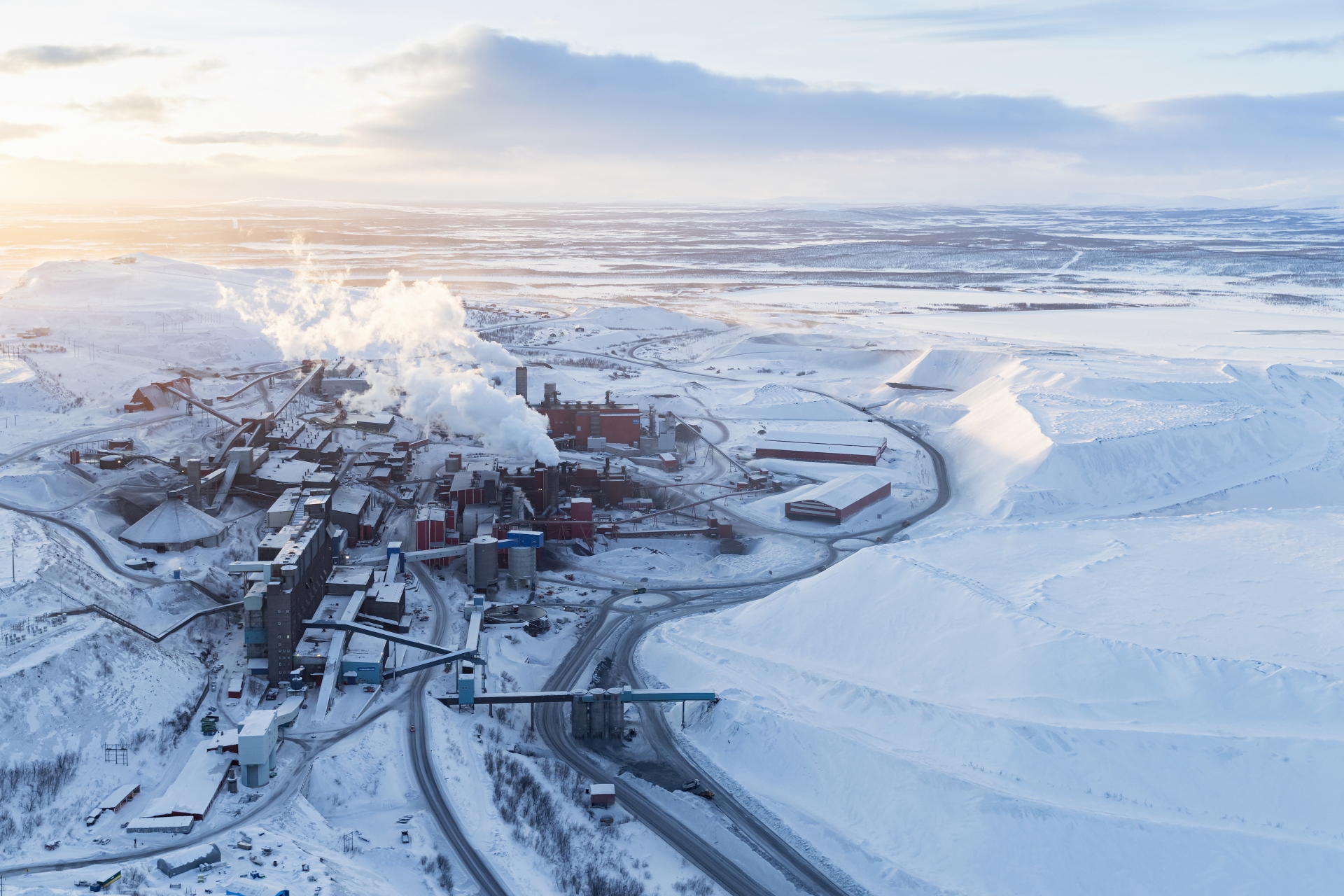The exhibition ‘Kiruna Forever’, at ArkDes, the Sweden's National Centre for Architecture and Design in Stockholm, explores one of the largest urban transformation projects in the world. Chae Jeongwon, an independent curator based in Stockholm, met with the curators of the exhibition, Carlos Mínguez Carrasco (head curator, ArkDes) and Sujy Lee (assistant curator, ArkDes) to hear the stories behind the exhibition.
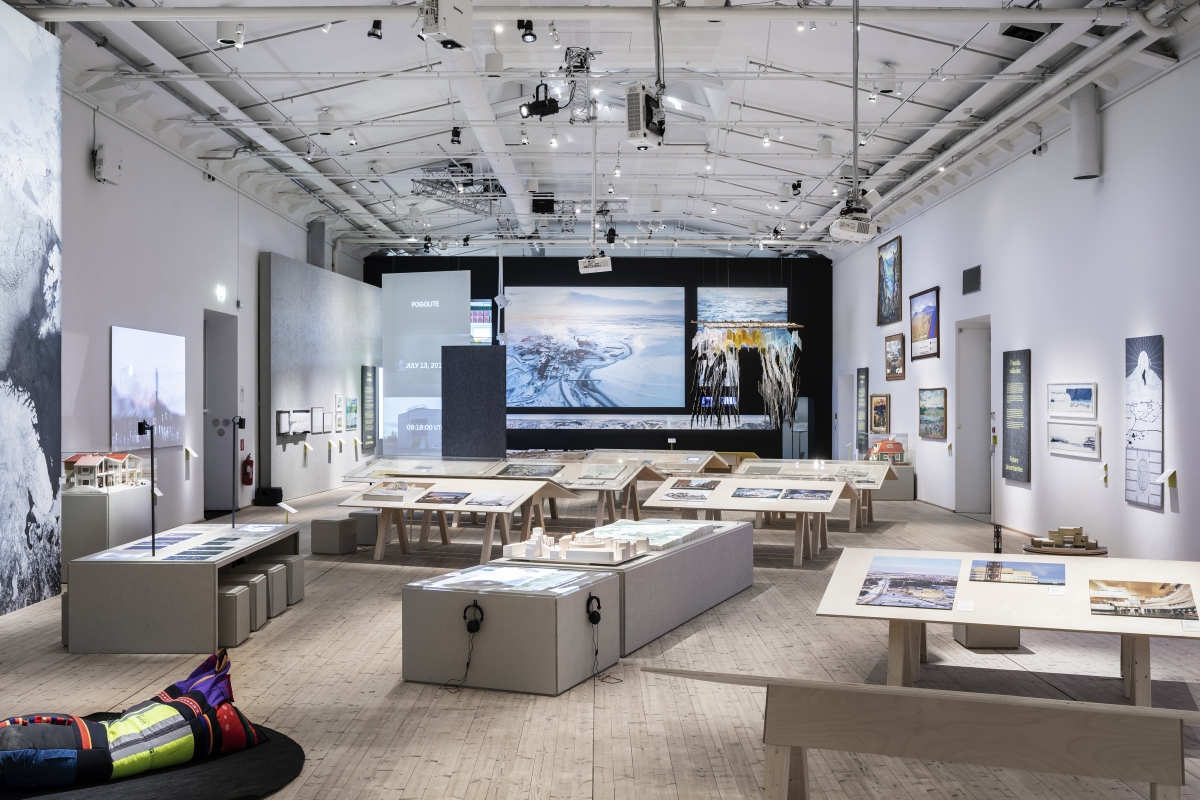
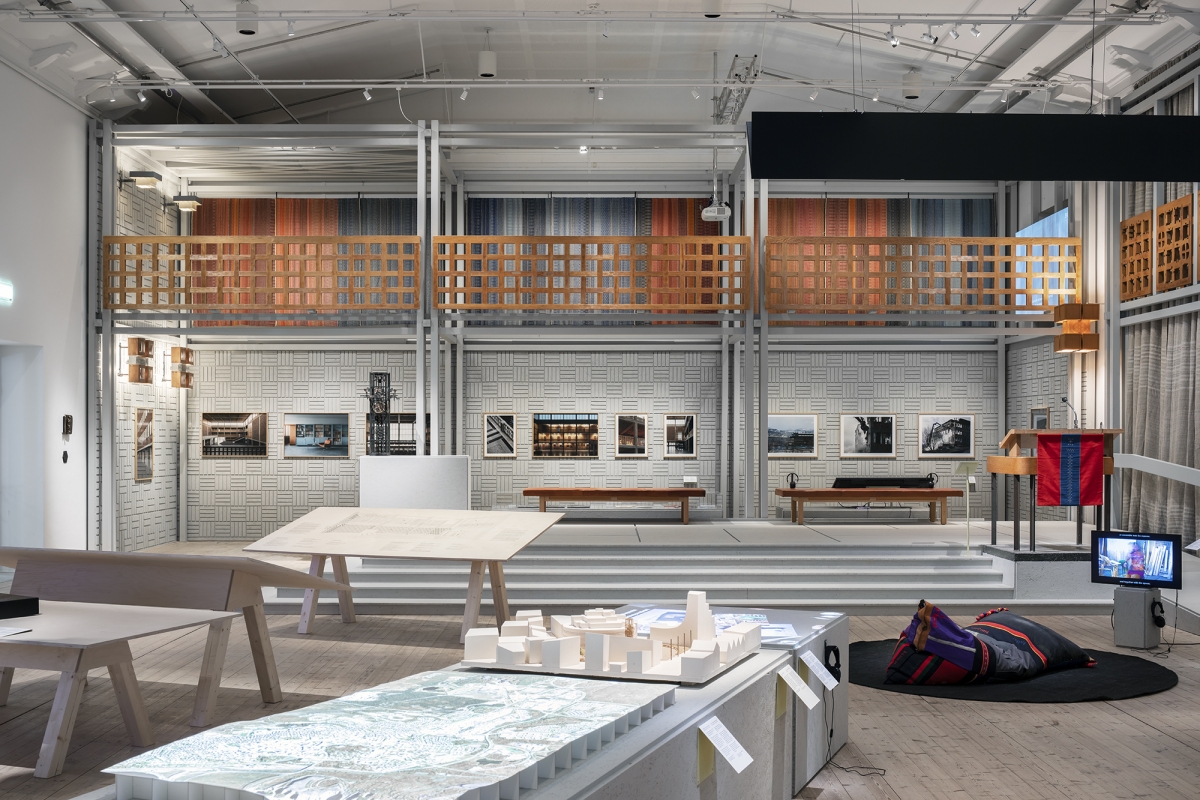
Carlos Mínguez Carrasco (senior curator, ArkDes), Lee Sujy (assistant curator, ArkDes) x Chae Jeongwon (independent curator)
Chae Jeongwon (Chae): Could you tell me about the urban transformation project in Kiruna? Why do you think that this has become an important topic today?
Carlos Mínguez Carrasco (Carlos): Kiruna – a city in the northernmost part of Sweden – is undergoing one of the biggest urban transformation projects in recent history. The city is being relocated by three kilometres due to the expansion of the iron ore mine around which it was built. A third of the population must leave their homes; buildings are being demolished or moved, and a new city is taking shape.
First, this is important for the residents of Kiruna as their lives have been transformed over the past 15 years. It is important for Sweden as a whole as it’s a part of what defines and attests to the ways the nation has been constructed over the last century. This is also important for places and communities around the world, as the stories and questions raised by the relocation of Kiruna are related to other questions relevant to contemporary society. It makes us wonder: what is the extent of our natural resources? For how much longer will we continue to exploit our natural resources? And what are the impacts at a local, regional and international level? This ultimately makes us wonder the temporary nature or permanence of our cities.
Chae: So, what motivated you to draw these stories and questions into an exhibition?
Carlos: This is a project that I instigated when I took up my role at the museum two and a half years ago. The first time I was connected to Kiruna, however, was in 2016 when I was the chief curator of the Oslo Architecture Triennale and working on a project entitled After Belonging. I realised then how important it was to consider all the issues facing the north. Big transformations are taking place in that region, but those transformations are usually hidden; rarely publicised or discussed. Therefore, I thought we needed to look to the north to address the most important questions asked of Sweden, but might not present themselves in our daily conversations concerning architecture. Kiruna was clearly one of those cases. Everybody knows about Kiruna and may have heard that the city is on the move, but there is little information about or public knowledge of the project.
Lee Sujy (Lee): The idea that Kiruna is a peripheral place is clearly a myth or misconception when you learn that the resources extracted from the north constitute the pillar that props up the entire welfare state. Yet, even though the roundtable at which major political decisions are made is here in Stockholm, there is very little public knowledge or interest in what’s going on in the North. So this exhibition was an opportunity to bridge that knowledge gap, and to re-examine the preconceived notion of centre and periphery.
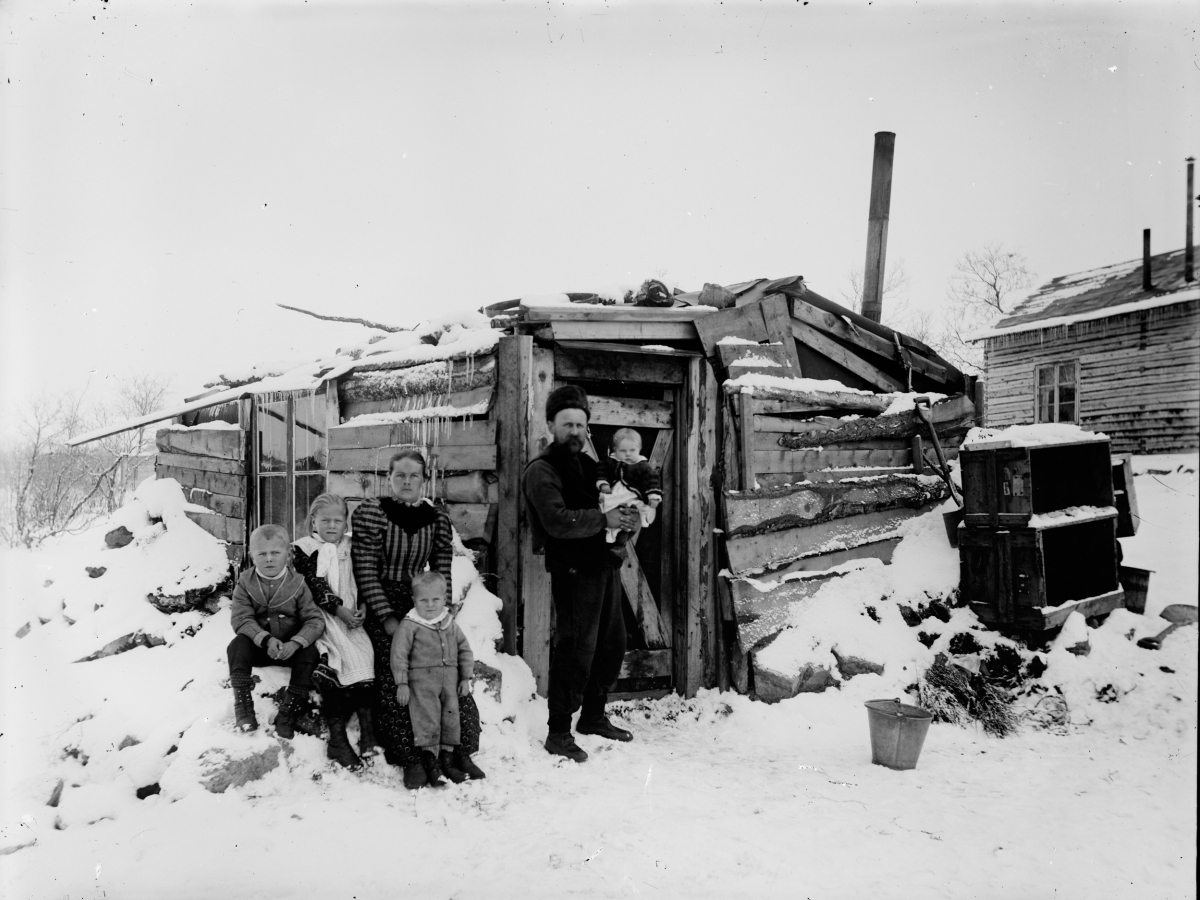
Borg Mesch, Untitled, 1900, Kiruna Municipality Image Archives
Chae: The exhibition features over 100 works under five themes: Kiruna on the Move; Territories of Extraction; Arctic Models; Urgent Heritage; and Future Uncertainties. Could you tell me more about the project Global Kiruna, by the architectural photographer Iwan Baan with the architect Anne Dessing, and the urbanist and curator Michiel Van Iersel?
Carlos: Global Kiruna is one of five works co-commissioned by ArkDes and Norrbotten´s County Art Museum in Kiruna. The project was set in motion by raising the questions: what happens with the iron when it is exported? What kinds of constructions do they end up forming?
So the project investigates the journey of the iron from the mines in Kiruna out into the world, through a series of photographs and posters with illustrations and texts. They have, for example, found out that the materials were used for the construction of the new tube line in London and the tallest high-rise building in the United Emirates. It testifies to how tangible the impact of the extraction project in the north of Sweden is, not only for the city but also on the global scale. The tangibility of iron is completely visible in the form of architectural buildings.
Chae: Could you tell me more about how Kiruna’s relocation is put in wider historical and geographical contexts through archival materials, including ArkDes’ own collections?
Carlos: Kiruna was in line with Swedish state’s colonial efforts in the northern part of Scandinavian peninsula. The Map of "Friedrichs Berg" or Kiirunavaara by Esaias Hackzell (1736), presented in the exhibition, offers some of the earliest representations of iron ore stores embedded across mountain Kirunavaara, where LKAB’s mine in Kiruna is located today. They were part of the reports from an expedition commissioned by the Swedish King Frederick I of Sweden after whom the map attempts to name the mountain. The research into what lies underground in the northern territory continues throughout the eighteenth and nineteenth centuries, producing diverse documentation, geological reports and mining claim maps – some of which you can see in the exhibition – up until the establishment of a series of industrial settlements in the northern territory. In order to operate the mines, there needed to be, for example, railroads, power stations. dams across the region, which was only made possible through urbanisation and mobilisation beyond the level of one city, imagined and realised by the state over centuries.
Lee: We collaborated with other archival institutions such as teh Kiruna municipality archives, the Norrbotten’s Archive Centre, the National Library of Sweden – a wide network of archivists, researchers, curators and building antiquarians – in order to understand the issues within their wider contexts.
There is however a lot of material about Kiruna held within the ArkDes collections. It is interesting to note that the generations of well-known Swedish/international architects and planners were invited to participate in projects or competitions in Kiruna. For example, Gustaf Wickman and Per Olof Hallman in the early twentieth-century; Hakon Ahlberg, Ralph Erskine, Alvar Aalto and Artur von Schmalensee in the second half of the century; and finally contemporary practitioners like White Architects and Henning Larsen Architects. The role of architecture and design here goes beyond the construction of environments, as a way of legitimising the urban-industrial development in the northern territory. Kiruna in ArkDes collections, in my opinion, is like a chronicle of a century-long architectural drama projected onto a model city: the architects’ visions of ideal arctic architecture and the outcomes of their negotiations with political and social reality, all becomes tangible when you face the objects.
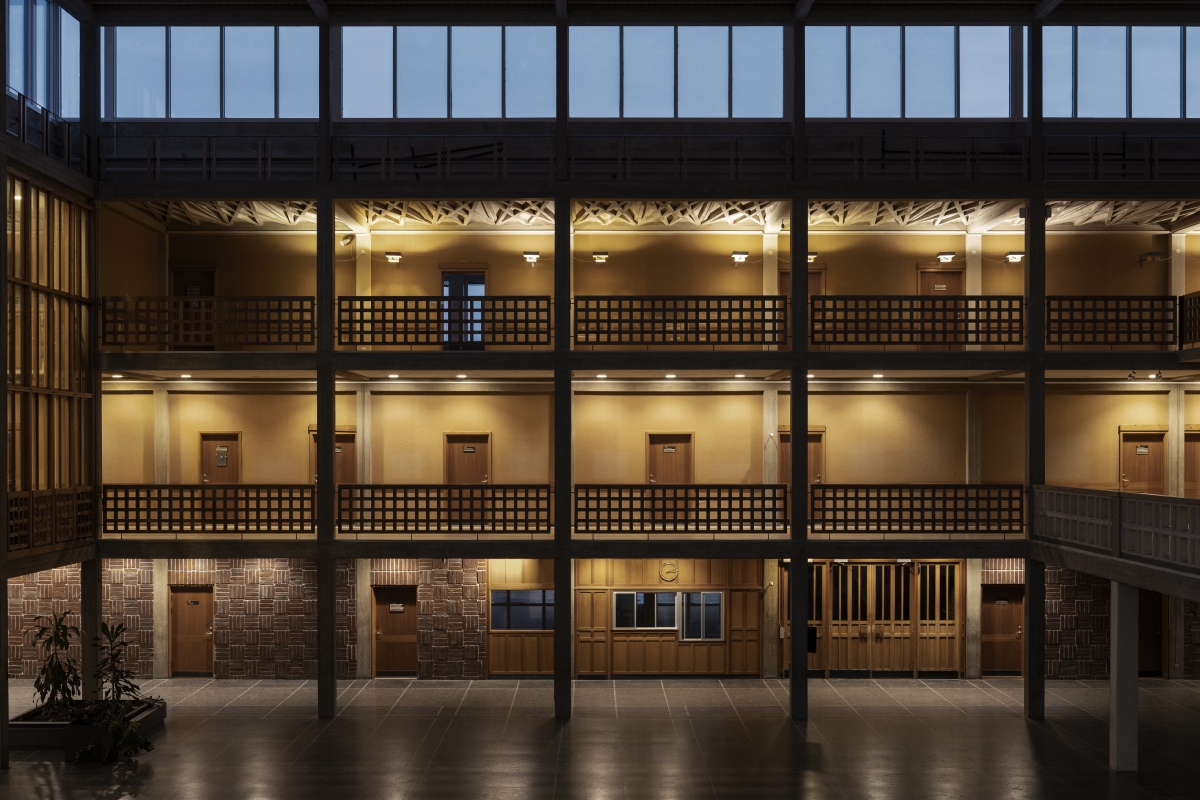
Erik Lefvander, Kiruna City Hall, 2018
Chae: In particular, a part of Kiruna City Hall was reconstructed in the exhibition on 1:1 scale. Does the City Hall hold any special meaning for Kirunian?
Carlos: The reconstruction of the city hall is one of the most important elements in the exhibition. The building was designed by a well-known Swedish architect Artur von Schmalensee. It was inaugurated in 1963 and received Kasper Salin prize, the prestigious architectural award, in the following year. Then it was honoured as a cultural heritage site in 2001 and finally demolished in 2019.
We wanted to reconstruct this specific section for many reasons. First, the quality of the design itself was fantastical. Second, it was a space in which historically important discourses took place. The building hosted a very important political struggle, the great miners´ strike in 1969. Therefore, we put emphasis on the physical objects, spatial experiences, as well as on the symbolic and performative components of the building.
Lee: As Carlos pointed out, what we tried to make manifest here was not only the reconstruction of an elevation of the big hall (with original architectural elements salvaged from the demolition), but also the reenactment and recollection of the historical moments that happened ‘in’ and ‘to’ the building as a political, cultural and social space. ‘Silver Tongue, the great miners’ strike 1969-70’, the sound/video installation masterfully woven by artist Ingela Johansson, takes us through the events of the strike; a series of archival materials from the Nationalmuseum, Norrbotten museum and Kiruna Municipality verify the famous North-South collaborative exhibition Picasso in Kiruna in 1965; the photographic works by Erik Lefvander and Klaus Thymann depict the last days of the City Hall after the evacuation and the demolition in 2019, respectively.
Chae: Some cultural heritage buildings including Kiruna City Hall have been demolished or relocated. What were the procedures and discussions around archiving or preserving cultural heritage sites in Kiruna?
Carlos: That is one of the more complex operations that have taken place since 2004, and essentially the moment at which the relocation of the city was formed by LKAB. Many studies are used to establish the heritage building, and which buildings need to be relocated. There are a lot of technicalities involved in these decisions and many arguments for and against the relocation of certain structures and the demolition of others. In the exhibition, there is a touch screen with documentation efforts in the process.
Lee: The screen shows ‘Buildings, Ethnology, Photography’ (2014-2017), a compilation of reports produced by Norrbottens museum as a result of the documentation projects commissioned by LKAB in conjunction with Kiruna’s relocation. A selection of heritage buildings in deformation zones were thoroughly documented from architectural, historical, cultural and ethnological perspectives. It aimed to preserve descriptions of buildings that were soon to be demolished or moved, which would in turn contribute to later reconstruction work.
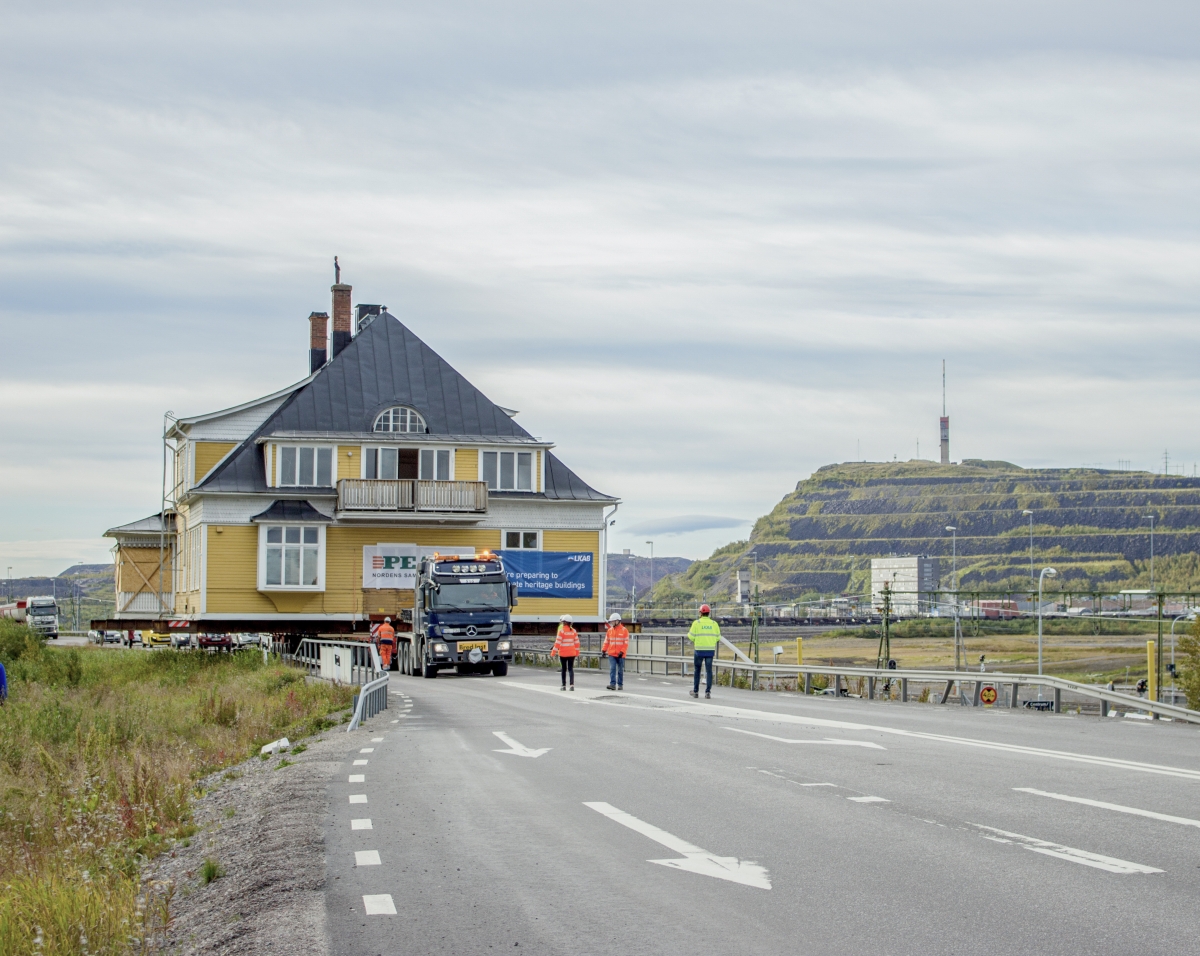
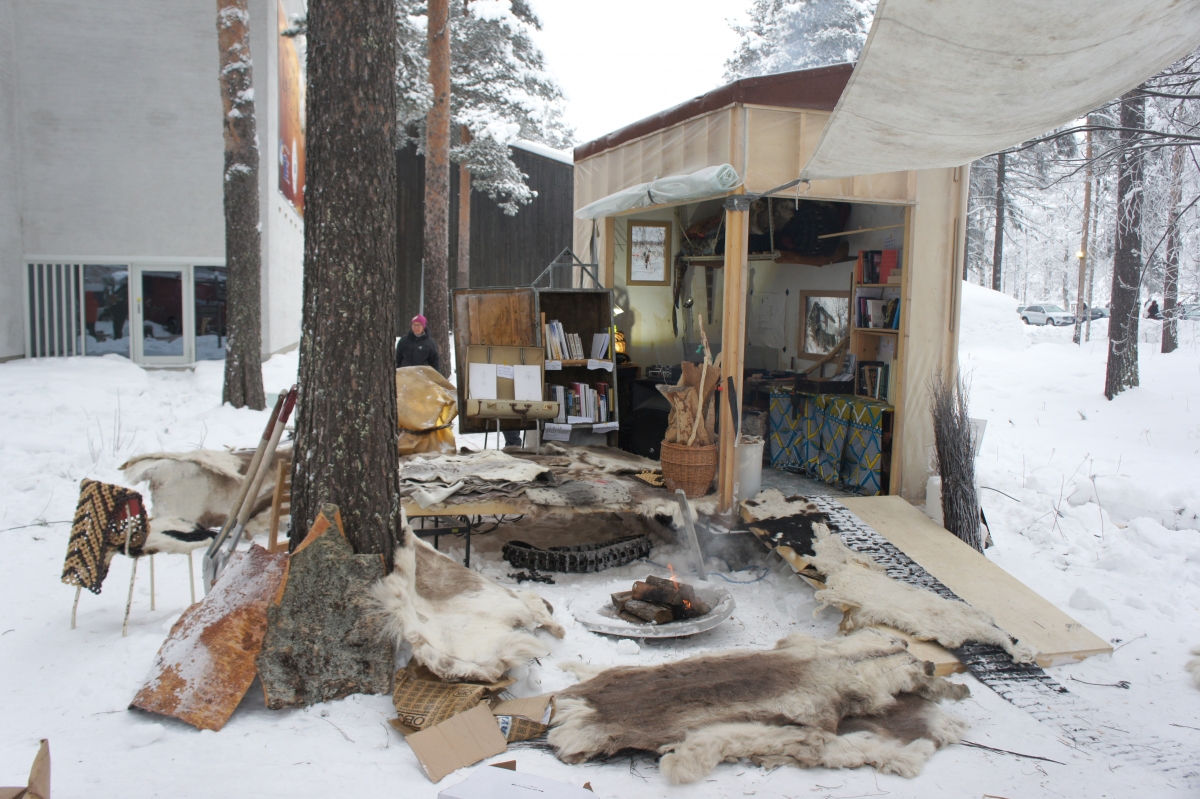
(top) Jessica Nildén, On 31 August 2017, The Engineer´s House, One of Kiruna´s Oldest Buildings, Was Moved, 2017
(bottom) Joar Nango, Girjegumpi - A Mobile Sámi Architectural Library by ArkDes and Norrbotten´s County Art Museum, 2020 (Photo: Astrid Fadnes, 2018)
Chae: Many houses where Kirunians live are also being demolished and relocated. There are also the indigenous population of the Kiruna area, called the Sámi. How does this project affect diversity?
Carlos: When you enter the Sámi Parliament’s website, one of the first sentences that you will find is ‘Sámi people are against the use of any kind our land’. But, when you start to reflect upon the reality of what happens in Kiruna, you realise that this story is far more complex for different members of society. LKAB is one of the biggest employers in the region. Many citizens, regardless of their backgrounds, are connected directly or indirectly with the mining industries. It's very tragic that the general public is often forced to accept the situation, because that's the nature, or a part of the way the city has been built for the people.That is one of the reasons why we wanted to be positioned in a place where we could raise all these realities, put them into dialogue and better understand the stories in these communities.
Chae: Through this exhibition, a variety of perspectives regarding Kiruna are addressed and questions asked of the audience in Stockholm. What do you think of the role of the institution, when you as curator think back over this exhibition?
Carlos: I think, ArkDes is the place in which architecture and design is interrogated and discussed, not merely where the achievements of architects are celebrated. That is, of course, part of what a museum does, but it is also directly connected to the mission statement of this museum. To look at architecture and design in Kiruna is a way of understanding the world, understanding how societies operate, and how this entire city, entire region and the country of Sweden, have been built.
Lee: I think of ArkDes as a kind of a megaphone. It initiates and/or organises discourse; it can voice opinions loud and clear to bring visibility to things that may not be visible otherwise. And ‘an exhibition’ is not only what you find in an exhibition hall but the entire discursive platform it creates, nationally and internationally. Articles or interviews like this about our exhibition have to touch on what’s happening in Kiruna. Attending to important issues that we have neglected to talk about, I believe, is one of the most important roles of a museum.





